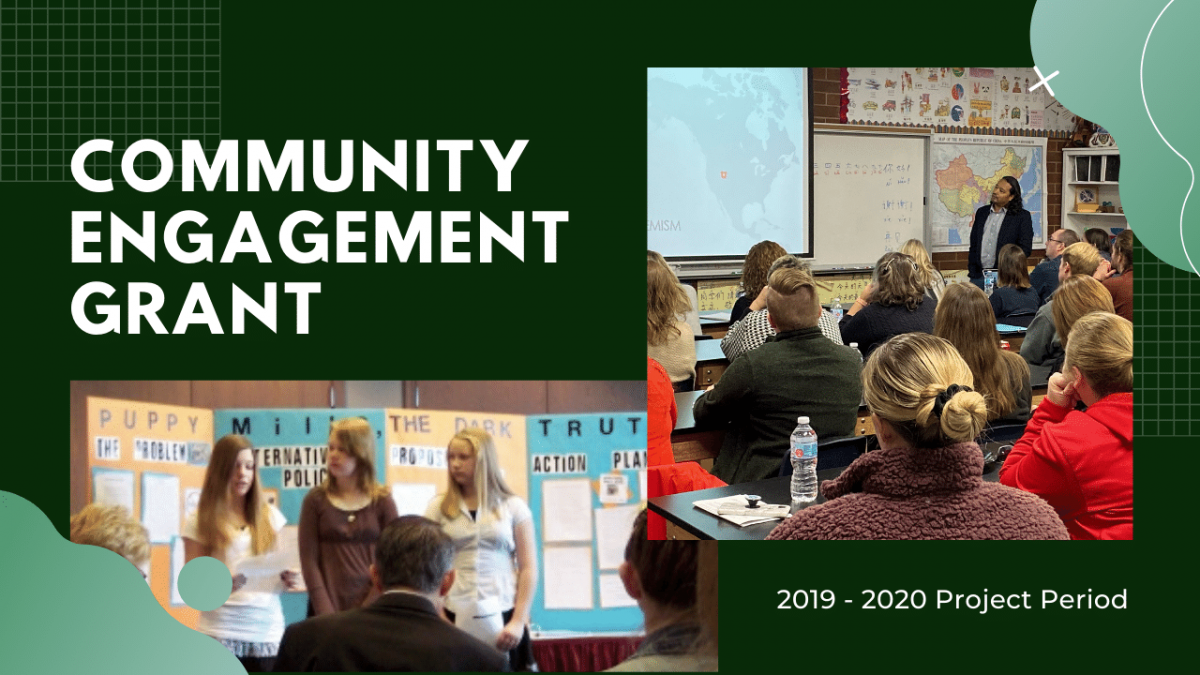The purpose of the UServeUtah Community Engagement Grant is to increase Utahns’ awareness of and participation in community and/or civic engagement initiatives. Learn more about current projects at userve.utah.gov/cegrant.
National History Day Utah (NHD UTAH) Project Summary
National History Day Utah (NHD) is a year-long academic program that engages more than 5,000 students statewide in grades 4-12. Through NHD, students develop research and presentation skills, build media literacy, and come to see how history is relevant to their lives. They dive deep into historical topics that matter to them, such as civil rights, women’s history, slavery, social justice, politics, war, science/technology, culture, and global history. Through their explorations, they make connections between the decisions and actions of the past and the world they know. Our students report that their History Day experience makes them feel more prepared for college and career, and better equipped for civic engagement in their communities.
Due to COVID-19, five of our twelve spring competitions pivoted to a 100% virtual format. Unlike most student programs in this year, NHD did not cancel or close its events. Although our regional competition participation declined due to school closures in March, 422 students were able to compete virtually at State, 125 judges volunteered their time at State, and 57 Utah students competed in the NHD national contest held virtually in June.
With our virtual contest format, we did not accrue the venue, catering, and other physical event costs that we anticipated. Therefore, we have dedicated $22,500 of this grant to providing direct assistance to Title I and Free/Reduced Lunch students who participate in NHD around the state. Of the 77 schools that participate in NHD, 30 schools qualified for this assistance and 27 applied for a grant. They can use these funds to support Title I/FRL students with needed supplies and equipment that will assist them as they conduct their research and create their projects next year. This funding will provide badly needed equity for students from rural, ethnic, immigrant, and working class communities across the state.
For many of our students, the topics they choose lead them to a deeper understanding of social and civil rights, engagement in community, political action, and change-making:
Students from San Juan High School researched a heritage topic on the Navajo Code Talkers, exploring the ways that these men broke language barriers as well as racial and social barriers for their community. After their schools closed these students persevered through lack of internet access to submit their documentary to the state contest.
Students from Granger High School researched a heritage topic on the Guatemalan Syphilis Experiments. They focused particularly on the human rights violations involved in medical research and experimentation on marginalized people, including children, mentally ill, and prisoners, who were subjected to medical testing by American scientists.
Many students investigated topics relating to women’s suffrage and women in science, investigating the myriad ways women have engaged in civic activism and broken barriers in politics, education, and the workplace. These projects included Martha Hughes Cannon, Susan B. Anthony and Elizabeth Cady-Stanton, Marie-Madeleine Fourcade, Odette Sansom-Hallowes, Irena Sendler, the Russian Night Witches and American WASPs, Katherine Johnson, Sophia Jex Blake, Elizabeth Blackwell, Gertrude B. Elion, Rachel Carson, Inez Milholland, Lucille Ball, Sister Rosetta Tharpe, and Roberta Gibbs.
Other students researched the Stonewall Riots, Jazz music, Jackie Robinson, Apartheid, the Chongqing Bombing, the Miracle 9 (boys in the boat), Theodor Geisl, the Triangle Shirtwaist Factory Fire, Bayard Rustin, and Mendez v Westminster.
All of the above projects were state winners and competed at nationals in June.
A student provided the following feedback about participating in NHD Utah:
“Without your support, I would have not been able to compete, especially since I am from a lower-income community. My partner and I are grateful to be working on these projects. What we’ve gained from the NHD was enriching knowledge, critical thinking of multiple nuances, and the push it gave us to discover how much our strengths play. What I remember the most is learning about the history behind our project, the Guatemala Syphilis Experiment, and how important and integral it is that we make it publicly known. Also, how things back then have affected you now. Tell history like it should be told. Also, by doing these projects, not only do you feel that you have a place in a vast universe, you feel more empathetic. Human.”
A teacher provided the following feedback about participating in NHD Utah:
“I am so grateful to all of the sponsors that give so kindly to our Utah History Day program. I teach in a rural area and my kids don’t get opportunities like this very often. You donations and support go so far to motivate, assist, and help my kids reach their goals. Thank You! Thank You!”
We invite you to explore project galleries at history.utah.gov/utah-history-day/project-gallery/
Utah Campus Community Engagement Network (UCCEN) Project Summary
The Engaged Faculty Retreat took place on February 20-22, 2020 at UVU’s Wasatch Campus. The theme, “Staying Connected in Utah and Beyond,” allowed 110 faculty, staff, community partners and students from 11 institutions to come together to share current best practices and creative solutions. The highlight of the event was nationally recognized community engagement expert Tania Mitchel who delivered a keynote address and workshop. A reception dinner, including poster presentations and speakers, opened the event then peer presentations on a variety of community engagement topics were offered the following two days with 54 total peer presenters participating. These opportunities to learn together constructed an enriching and energizing retreat experience for those looking to expand their understanding of and capacity for community engagement. Feedback on all presentations was very positive, especially the keynote address which explored the place of diversity within engaged learning.
The Engaged Faculty Retreat was a collaboration of institutions of higher education, as the members of the planning committee were a combination of faculty and staff from nine institutions across the state. In planning and carrying out this event, we specifically collaborated with UVU to hold the retreat at their Wasatch Campus facility. We worked with the Peace Corps to create bracelets that will be used in teaching young girls in Eswatini, Africa. We also collaborated with Kneader’s Bakery who donated gift baskets to award to attendees of our retreat.
We estimate the event impacted approximately 44,458 youth at campuses across the state of Utah, as this is the number of youth currently directly impacted by the faculty and staff who attended.
We assessed the impact on students by asking attendees to complete a questionnaire at the end of the academic semester. One question, in particular, asked attendees what they learned at the Engaged Faculty Retreat that they implemented during the Spring 2020 semester. From the raw data, several themes emerged, including themes that were linked to student success and impact. For example, participants noted taking lessons in diversity, course and syllabus preparation, encouraging community-centered thought among students, and a desire to implement student group-based projects in their classes. As a result, the students in attendance at these institutions will benefit directly from the lessons learned by faculty members, who will continue to work to improve and implement plans for community-engaged learning in their classes. Students at USHE institutions will benefit directly from the information gleaned at the Engaged Faculty Retreat.
We believe this retreat also had a unique impact on students as a result of the COVID-19 pandemic. Specifically, attendees indicated that they were uniquely prepared to offer engaged learning opportunities for students in the transition to online and virtual classes that occurred in early March. Respondents indicated they were able to offer engagement opportunities online for students based on what they brought back from the retreat and the access to the community engaged learning toolkit. Although some attendees were unable to implement engagement opportunities due to the need to quickly move classes online, they still spoke about the benefit of attending the retreat and expressed plans to continue shaping their courses to reflect community needs and to show their students how they can have impacts on their communities through direct service and forming relationships with community partners.
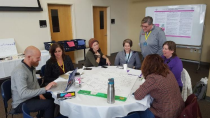
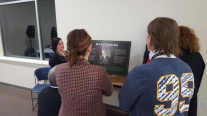
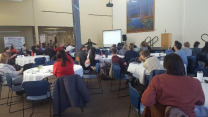
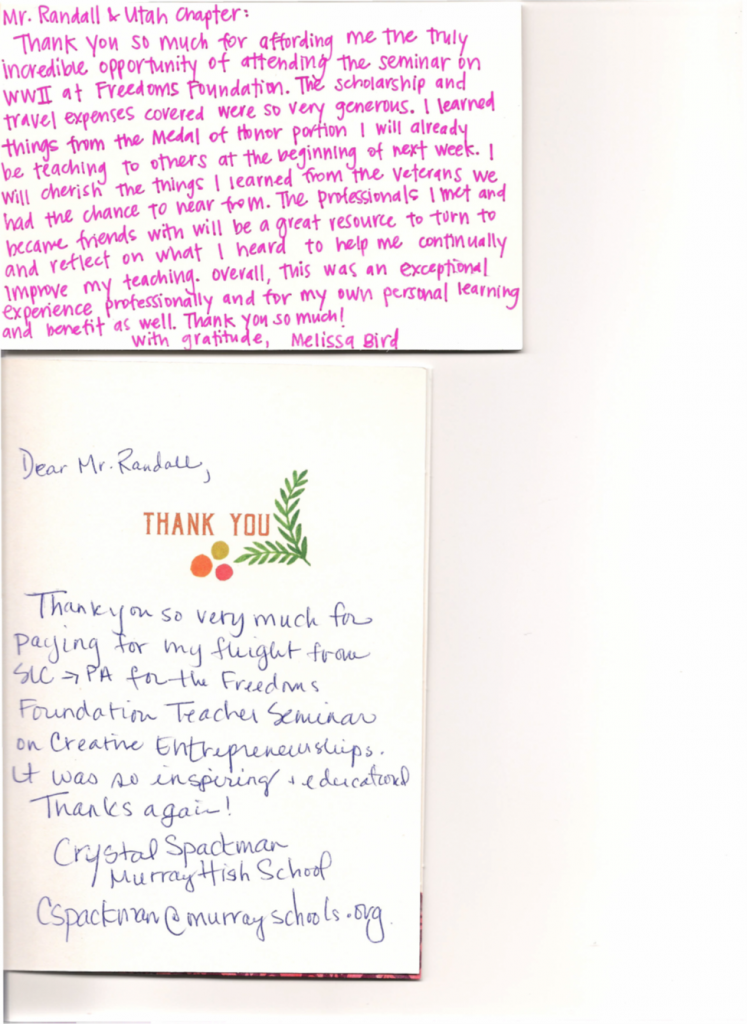
Utah Chapter of the Freedoms Foundation at Valley Forge Project Summary
15 teachers participated in the teacher programs on the campus of the Freedoms Foundation campus in Valley Forge or at various historic locations around the east coast. Those teachers were involved in the following programs: Medal of Honor in the Cold War, History of the Presidents from Virginia, Medal of Honor Award in the Vietnam War, Revolution and Rebellion, The 19th Amendment, Teaching entrepreneur, Medal of Honor World War II and Union and Confederate Capitals.
In the Medal of Honor programs teachers met a Medal of Honor recipient, learned their story and the history of the conflict in which that recipient was engaged. In the history programs teachers were engaged with professors from area universities and other experts in the various fields of study. Each involved a very comprehensive curriculum with reading, engagement and onsite visits to historical sites.
It is estimated that those 15 teachers then took those skills and used them to engage over 1500 students across the state of Utah.
Utah Council for the Social Studies (UCSS) Project Summary
We had approximately 310 teachers attend the UCSS conference. We held breakout sessions as well as a keynote speaker session with Dave Carey. He was a POW for almost 6 years during the Vietnam War. He shared his experiences as well as provided examples of how teachers could use his experiences to teach about the Vietnam War and to be better citizens in the country.
We asked the attendees to complete a survey a few days after the event and gathered 132 responses. Attendees were asked if they are currently teaching since some of our attendees are pre service teachers and retired teachers. If they are currently teaching we asked them how many students they currently have. This is the total number that we received from the people who responded to the survey: 15,917.
Take into mind that more than half of the attendees did not respond. Not only were thousands of students impacted right away by the conference, but thousands more each year.
We also asked attendees “How does attending the conference help you to get your current students and future students to be civically engaged? If you are not currently teaching, How do you think the conference can help teachers to help students be civically engaged? If you have any specific examples from the conference, please specify.”
The responses to this question gave us anecdotal/qualitative data.
The trends that we saw in the responses were the following:
- The keynote speaker was amazing and inspirational. Teachers wanted to share his message with students
- Teachers love hearing from an eyewitness to historical events.
- The sessions on current issues were helpful to provide teachers with context.
- Teachers loved getting new teaching strategies that they could implement right away in their classroom
- Networking with other teachers helps provide additional ideas to help students be civically engaged. It helps to revitalize them.
- Teachers liked to learn about programs like We the People, Utah Law Related programs Utah History day, etc.
- Teachers love that there are so many sessions to choose from so that they can find something that will help them to improve individually.
- Teachers had already begun using material to engage their students civically within a week from the conference.
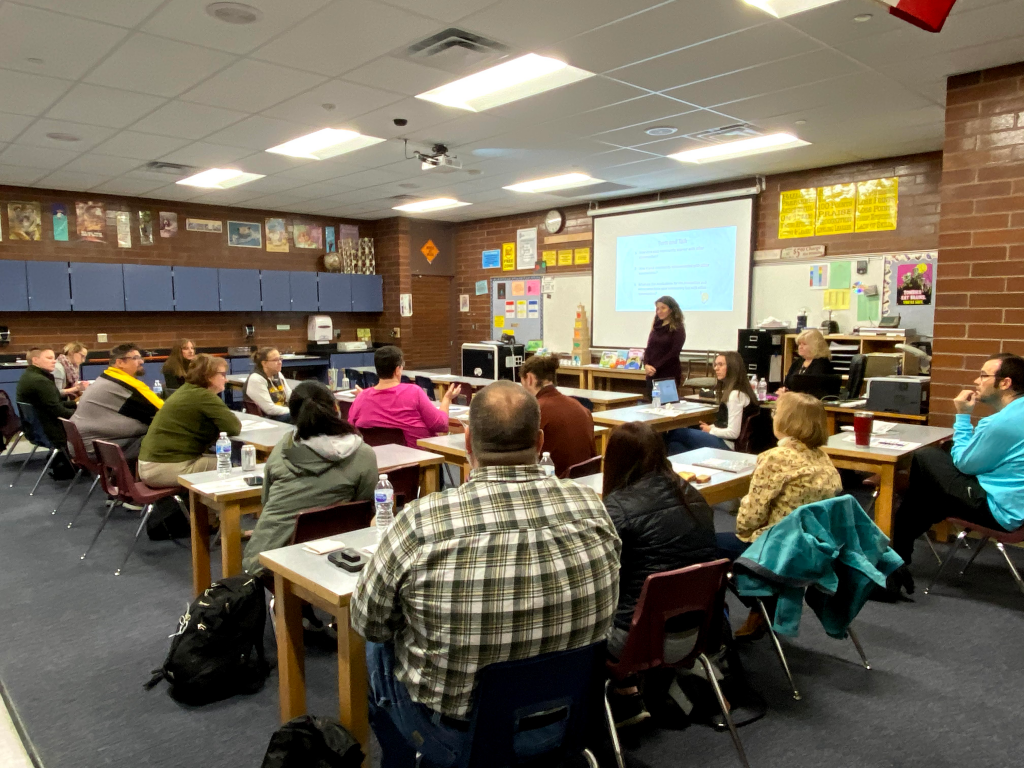
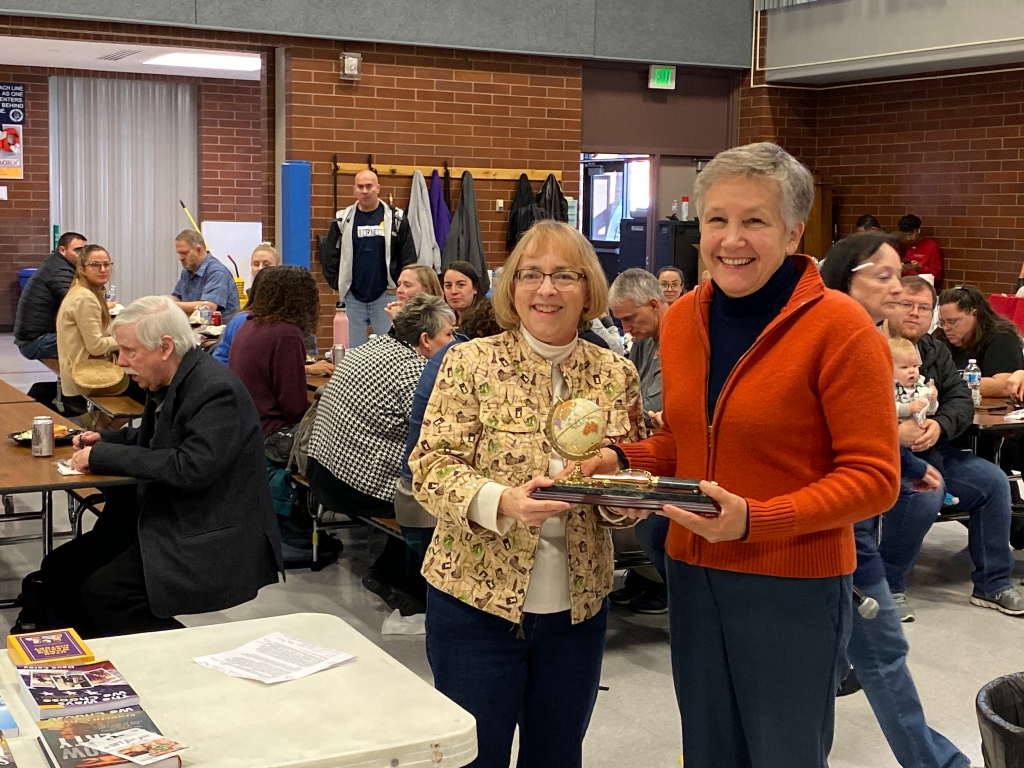
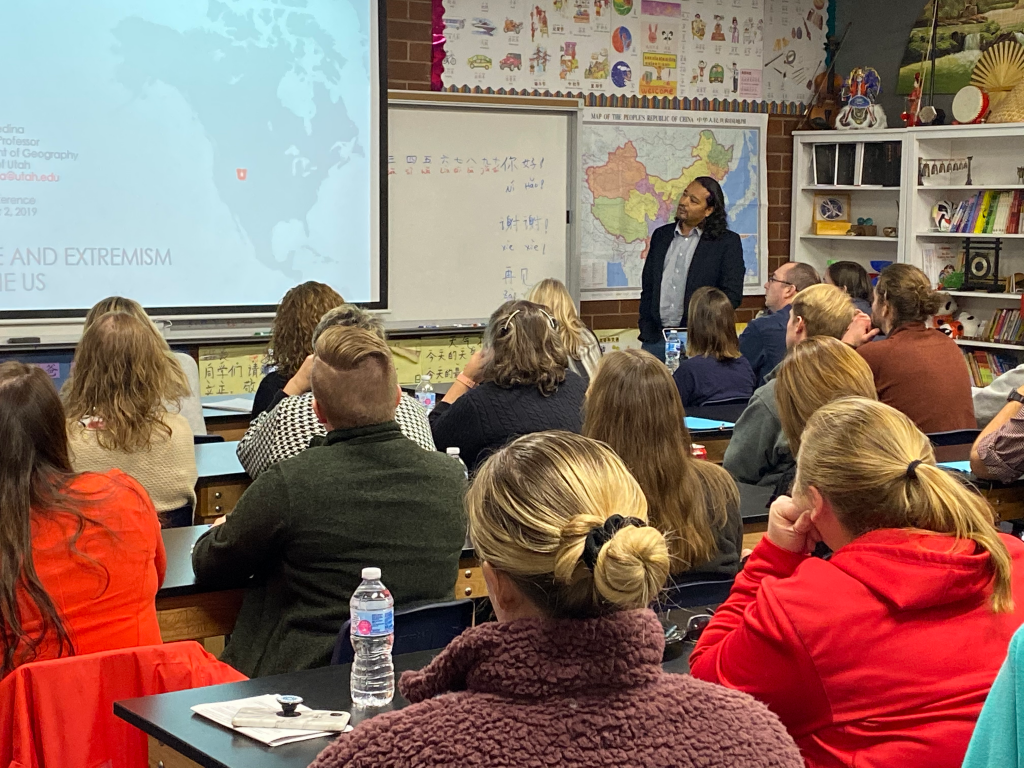
Utah Law Related Education (We the People Program) Project Summary
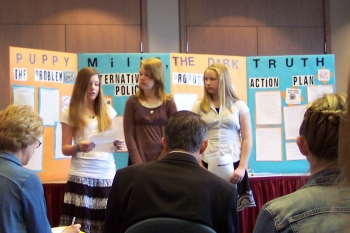
On January 31, 2020 we held our congressional district competitions to decide which schools would participate at our Utah We the People State Competitions. Our Utah State Junior High School Competition was on February 6, 2020 at the Utah State Bar Law and Justice Center with an Awards Luncheon following the competition. West Hills Middle School was the winner and West Jordan Middle School placed second.
On February 13, 2020, our Utah We the People State High School Competition was held at the University of Utah Student Union with an Awards Luncheon following the competition. Sky View/Green Canyon was the winner and Alta High School placed second. The Sky View/Green Canyon class who won the competition were supposed to participate in the We the People National Competition with more than 1500 students from across the nation in Washington, D.C. in April. However, We the People Nationals was cancelled due to the COVID-19 pandemic.
We held our summer We the People Teacher Training in June. Although it was a virtual workshop, it went really well. All of the teachers attending received a classroom set of We the People textbooks.
Approximately 4,500 youth were impacted by our We the People—The Citizen and the Constitution Program.
We sent evaluations/surveys to our teachers and students with specific questions about the increase in their knowledge, interest in political issues, and civic engagement through participation. The following are just a few of the responses:
From Students:
“We the People was the best part of my Senior Year of high school, and probably the best thing of my high school experience. I feel much more confident discussing politics and the Constitution with others . . . . We the People also helped illustrate the problem of civic education (or lack thereof) in our country today and helped me to be more motivated regarding civic engagement and civic education.”
“We the People has affected my life in so many ways. . . . I was able to recognize and learn about various topics, many of which concerned people that had different beliefs and backgrounds than I do. However, that was what made it so amazing. Learning to understand the situations of others, gaining perspective/putting myself in their shoes, and forming my own opinions surrounding many issues.”
“We the People was the single most important thing I did in high school. . . . I am currently working at a policy-based philanthropy in Washington, D.C.”
“Because of the We the People Program, I am definitely going to run for office.”
From Teachers:
“I have enjoyed the learning experience of We the People. It makes students go beyond the normal classroom setting. It encourages students to extend their study and actually apply their knowledge to real life situations. Few, if any, other classes offer that opportunity.”
“The We the People program really models and motivates each student to be more active within our communities and government.”
“We the People really is such a benefit to our school, our community, and our society.”
“My students have learned to have discussions about the Constitution and to back their opinions with sound examples.”
“It allowed my students the independence to research and learn at their own pace, but also there was a clear structure of outcomes. Students had a clear, measurable goal they were working towards as they completed their independent and group research. I also liked how it encouraged collaboration among students.”
“Not only do the students pick up knowledge, but they learn research, critical thinking, interview, and speaking skills.”
Utah State Board of Education
The Place for All 2020: Experiential Civics conference (https://www.placeforallutah.org/) exceeded planners’ and participants’ expectations and made the most of social distancing to build the foundation, at the school district level, for youth participation in civic life. Of the 188 participants, 89% were active secondary school teachers. Others included school administrators, nonprofit (local and national) partners, and researchers with expertise in tying experiential civics to academic learning. Eighty-two percent found the conference outstanding or very compelling.
One teacher walked away from the conference wanting to “use real problems and real debates so the classroom simulations can mean something and give students a chance to address things that matter.” “I used to think that service learning was picking up trash at a park or donating to a food bank,” said another, echoing one of the long-range goals of the project: to strengthen our democracy by having young people at the table where decisions are made. “I now think that service learning is important to make lasting change.” Another: “thank you for teaching us that it is good to just do a food drive but it is even better to find out why people are hungry. I never thought about diving that deep before!”
Featuring speakers from states (MA and IL) with deep experience in experiential civics, the conference provided valuable case studies backed by rigorous attention to measuring results on what teachers and school communities can do, with or without funding, to prepare students for democratic life.
The conference further demonstrated the benefits of real-world civic experience for academic learning across the disciplines and progress on the 21st century skills outlined in Portrait of a Utah Graduate. “People tend to think that you have to teach Civics specifically as a course in order to effectively teach this and that simply is not true. I love hearing all of the examples about how civics can be taught across all curricula.” This two-way street served to solidify educators’ commitment to cultivating students’ civic dispositions. “One key takeaway from the conference is that this type of active experiential learning is not only more engaging but also improves content knowledge more than the traditional route memorization because it becomes something that students are invested in.”
The breakout groups stand out as another highlight of the conference. Days before the conference we learned that, due to Covid-related revenue shortfalls, funding for HB334 was to be cut. The 12 breakout groups needed to be quickly re-purposed: from planning how they might respond as an LEA to the HB334 RFP, to how they wanted to work together as a school district with local partners, now on a slower trajectory to determine the best approach to experiential civics in their community.
From the plenary portions of the conference they found fresh inspiration for things they could do, with or without funding, to test ideas at the local level while helping to build the case to restore HB334 funding or seek other funding to find traction for those ideas. They were getting organized as a community to build a foundation for experiential civics tied to academic learning.
From the Google Docs generated by each group, we can already see momentum building for innovative home-grown, data-driven approaches to preparing youth for civic life:
- Canyons School District wants middle school students to choose a civic issue that animates them. Then, cross-curricular teachers would allow students to do individual assignments based on their issue. Social studies teachers could support research on the topic. ELA teachers have students write a persuasive essay about it. Debate teachers let students debate about their topic. Science teachers let students study the environmental impact of their issue, for example. Math teachers could support statistical analysis of actual data. Reading teachers allow students to read material on their civics topic. Teachers would set aside time in their collaboration meetings to facilitate cross-fertilization across curriculum areas. The program culminates in high school experiential civics projects that build on the prior years’ study.
- Looking on the bright side of social distancing and fact that many governmental bodies are now convening virtually, Jordan educators want students to start their civic experiences (attending and giving input to governmental bodies) early so that their academic learning about government institutions and civic responsibilities can resonate in a real-world context.
- In their combined breakout group small rural school districts generated a number of ideas to incubate and compare notes in their own rural experiential civics learning network.
Most of the youth impact is indirect and based on the number of active secondary teachers that participated, though two students presented critical perspectives throughout the day. 188 active secondary teachers with a class load of even the low end of 150 students translates into 28,000 possible students reached.
Given where we are on HB334—delayed but with determination to seek private funding so we can build momentum for lived civics projects—teachers and school districts have a green light to experiment with different models and build an evidence base for what works and what does not in terms of cultivating youth civic dispositions. That evidence base will in turn help bring much-needed resources for this work to further drive the impact on youth. The conference featured a prominent national expert on assessment and evaluation of experiential civics initiatives, Dr. Jane Lo, setting the stage for data-driven and results-oriented approaches to experiential civics. Teachers learned, for example, that it is much easier to measure civic knowledge and the ability to transfer that knowledge to new situations. In the absence of direct measures of civic engagement abilities, they should track indirect measures of civic participation, for example voting or participation in citizen advisory councils.
One teacher plans to add experience projects to her units and “rework some of my rubrics for accurate assessment of understanding of civic processes based on that experience.”
One of the most interesting impacts is on the change in thinking as recorded by many of the participants:
“I used to think that it probably wouldn’t work with online students, but now I think that it’s my job to find a way to make it work. I want to find a way to make it work.”
“I used to think kids would not take this on, now I think we can inspire them to do it.”
“I used to think the history teachers would take care of it but now I think that we all need too take a stand and start incorporating it into my English classroom.”
“I used to think it was a social studies only issue, but now I think all content should be working on service learning.”
“I used to think that service learning was picking up trash at a park or donating to a food bank. I now think that service learning is important to make lasting change.”
“We intend to build on this momentum and continue to encourage teachers to engage their students in experiential and meaningful civic engagement.”

